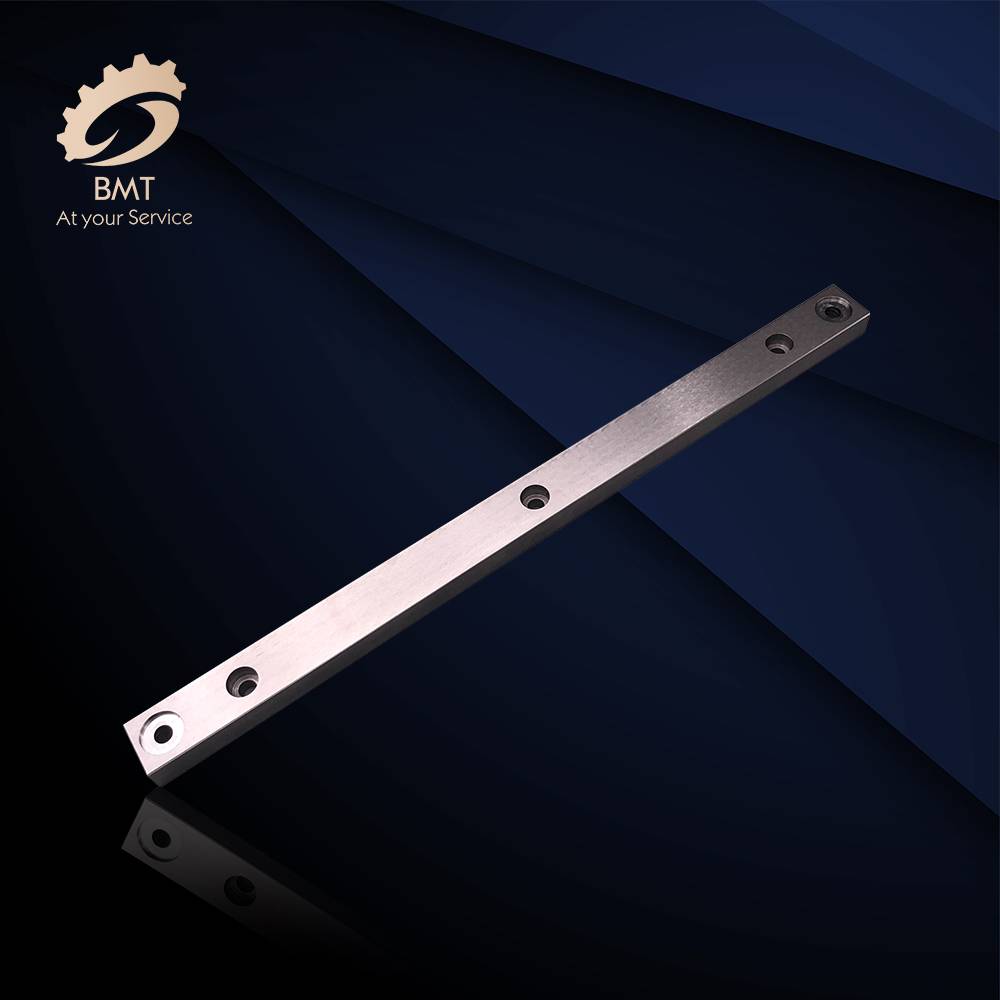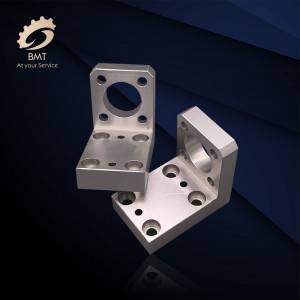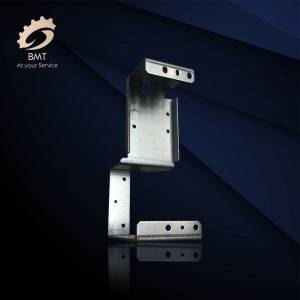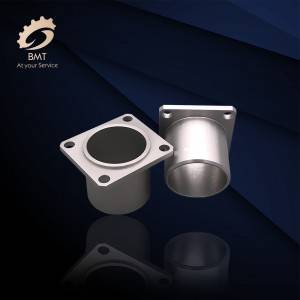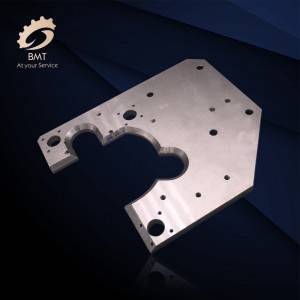Types of CNC Machining
Machining is a manufacturing term encompassing a broad range of technologies and techniques. It can be roughly defined as the process of removing material from a workpiece using power-driven machine tools to shape it into an intended design. Most metal components and parts require some form of machining during the manufacturing process. Other materials, such as plastics, rubbers, and paper goods, are also commonly fabricated through machining processes.
Types of Machining Tools
There are many types of machining tools, and they may be used alone or in conjunction with other tools at various steps of the manufacturing process to achieve the intended part geometry. The major categories of machining tools are:
Boring tools: These are typically used as finishing equipment to enlarge holes previously cut into the material.
Cutting tools: Devices such as saws and shears are typical examples of cutting implements. They are often used to cut material with predetermined dimensions, such as sheet metal, into a desired shape.
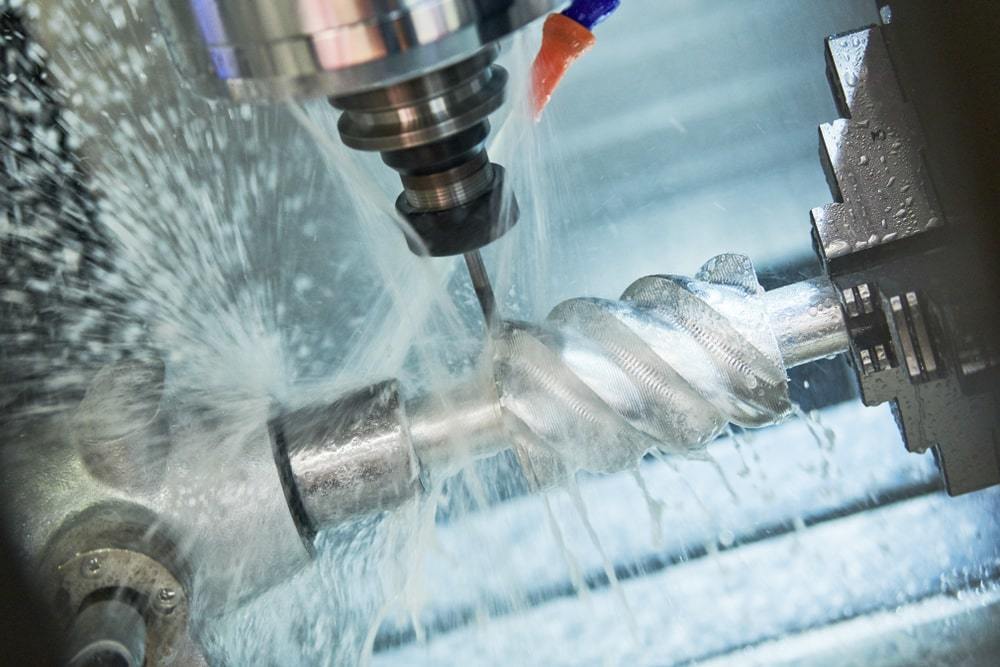
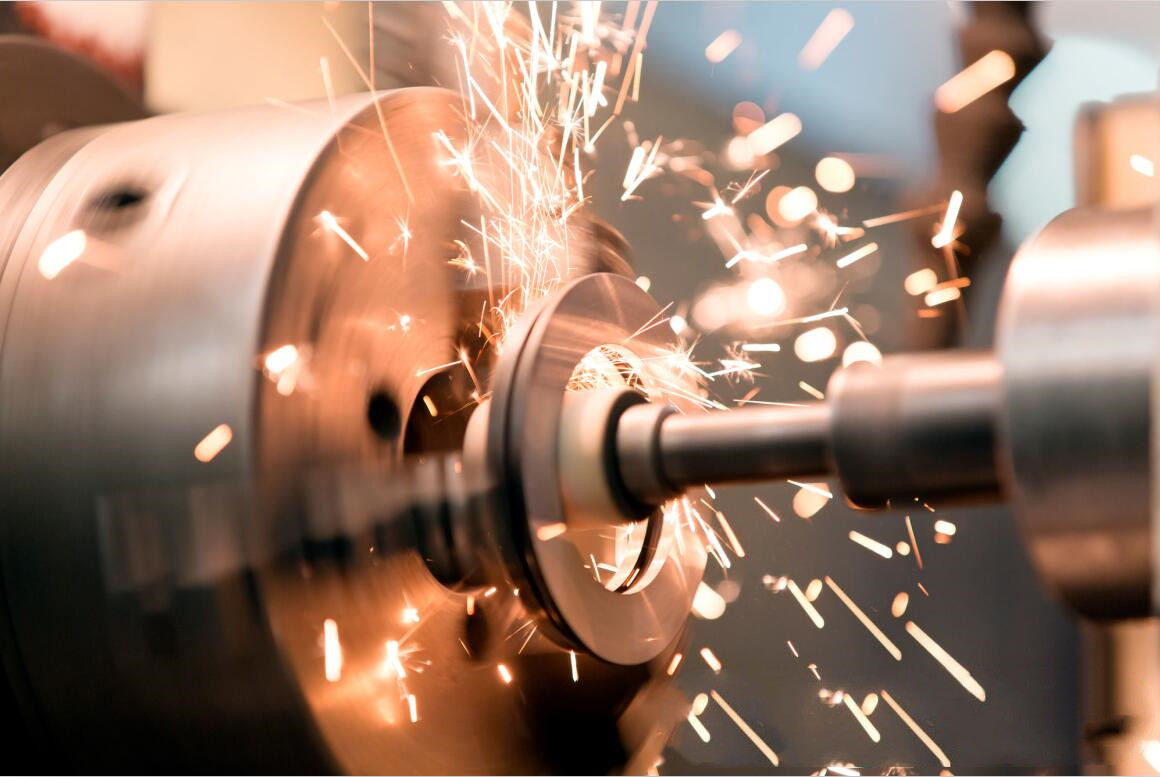
Drilling tools: This category consists of two-edged rotating devices that create round holes parallel to the axis of rotation.
Grinding tools: These instruments apply a rotating wheel to achieve a fine finish or to make light cuts on a workpiece.
Milling tools: A milling tool employs a rotating cutting surface with several blades to create non-circular holes or cut unique designs out of the material.
Turning tools: These tools rotate a workpiece on its axis while a cutting tool shapes it to form. Lathes are the most common type of turning equipment.
Types of Burning Machining Technologies
Welding and burning machine tools use heat to shape a workpiece. The most common types of welding and burning machining technologies include:
Laser cutting: A laser machine emits a narrow, high-energy beam of light that effectively melts, vaporizes, or burns material. CO2: YAG lasers are the most common types used in machining. The laser cutting process is well-suited for shaping steel or etching patterns into a piece of material. Its benefits include high-quality surface finishes and extreme cutting precision.
Oxy-fuel cutting: Also known as gas cutting, this machining method employs a mixture of fuel gases and oxygen to melt and cut away material. Acetylene, gasoline, hydrogen, and propane frequently serve as gas media due to their high flammability. This method’s benefits include high portability, a low dependence on primary power sources, and the ability to cut thick or hard materials, such as sturdy steel grades.
Plasma cutting: Plasma torches fire an electrical arc to transform inert gas into plasma. This plasma reaches extremely elevated temperatures and is applied to the workpiece at high speed to melt away unwanted material. The process is often used on electrically conductive metals that require a precise cut width and minimal prep time.
Types of Erosion Machining Technologies
While burning tools apply heat to melt excess stock, erosion machining devices use water or electricity to erode material off the workpiece. The two main types of erosion machining technologies are:
Water jet cutting: This process uses a high-pressurized stream of water to cut through material. Abrasive powder may be added to the water stream to facilitate erosion. Water jet cutting is typically used on materials that can suffer damage or deformation from a heat affected zone.
Electric discharge machining (EDM): Also known as spark machining, this process uses electric arcing discharges to create micro-craters that rapidly result in complete cuts. EDM is used in applications requiring complex geometrical shapes in hard materials and at close tolerances. EDM requires the base material to be electrically conductive, which limits its use to ferrous alloys.
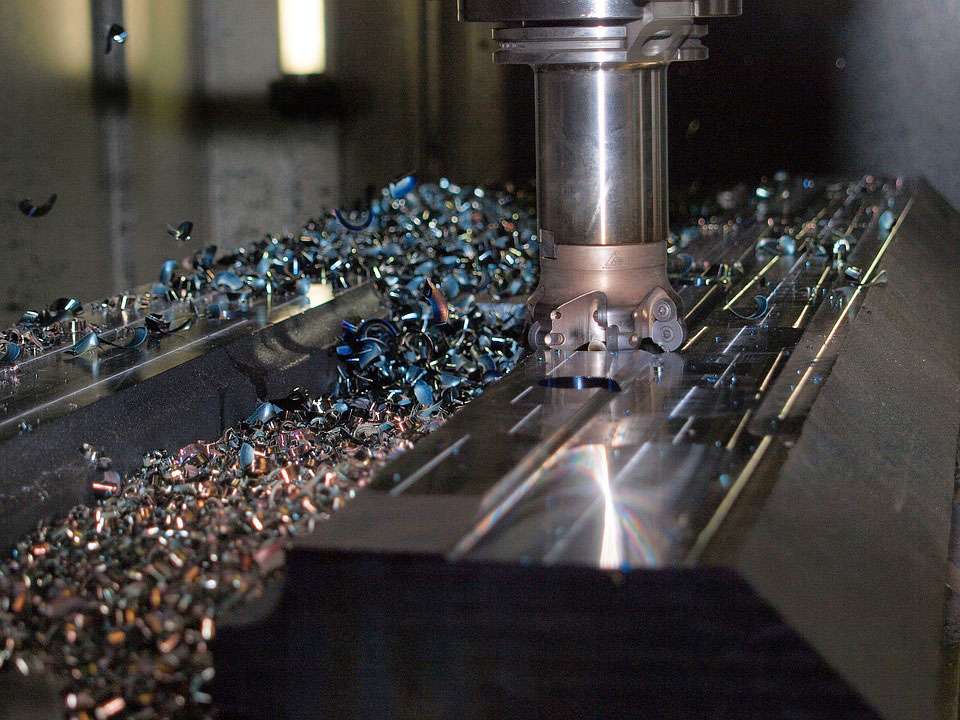
CNC Machining
Computer numerical control machining is a computer-aided technique that can be used in conjunction with a broad range of equipment. It requires software and programming, usually in the G-code language, to guide a machining tool in shaping the workpiece according to preset parameters. As opposed to manually guided methods, CNC Machining is an automated process. Some of its benefits include:
High production cycles: Once the CNC machine has been properly coded, it usually needs minimal maintenance or downtime, allowing for a faster production rate.
Low manufacturing costs: Due to its turnover speed and low manual labor requirements, CNC machining can be a cost-efficient process, particularly for high-volume production runs.
Uniform production: CNC machining is typically precise and yields a high level of design consistency among its products.
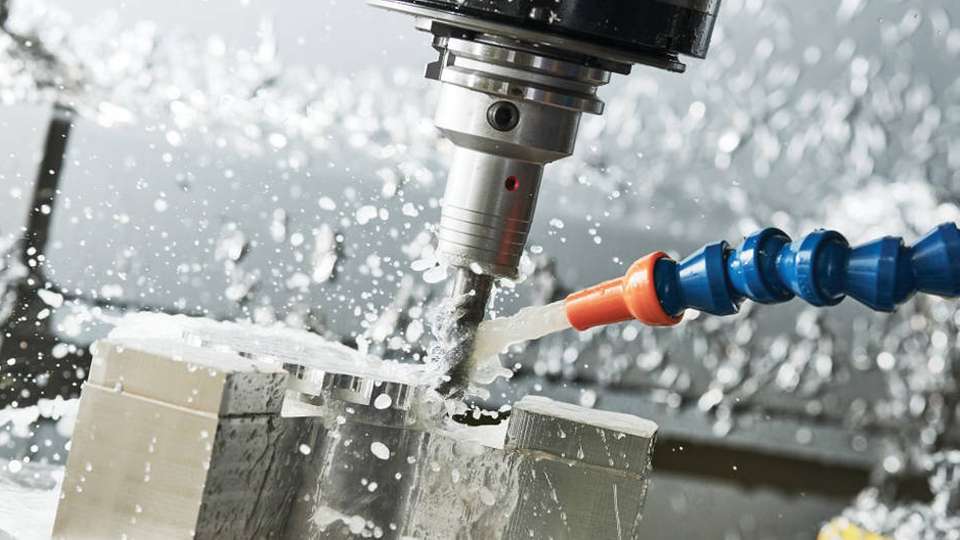
Precision Machining
Any machining process that requires small cutting tolerances or finest surface finishes may be considered a form of precision machining. Like CNC machining, precision machining can be applied to a wide number of fabrication methods and tools. Factors such as stiffness, damping, and geometric accuracy can influence the exactness of a precision tool’s cut. Motion control and the machine’s ability to respond at rapid feed rates are also important in precision machining applications.

